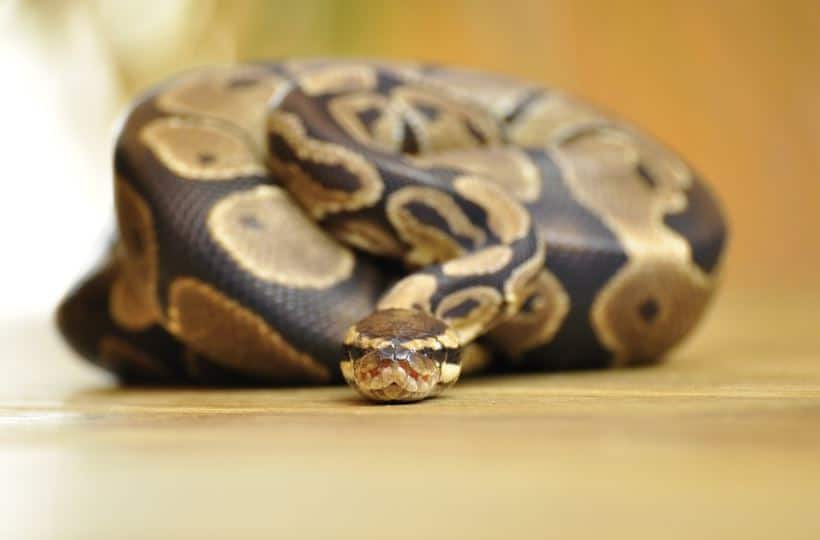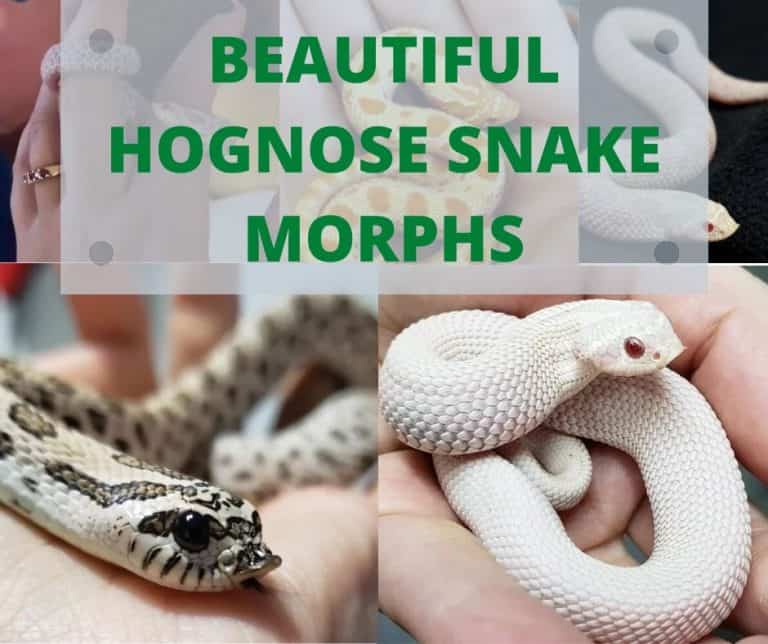So, you’re ready to welcome a slithery companion into your home but can’t decide between a corn snake and a ball python? Don’t worry, you’re not alone! These two snakes are often at the top of the list for beginner reptile keepers. Let’s break down what makes each one special so you can find your perfect match.
What Makes a Good Pet Snake?
Before we dive into the specifics, it’s good to know what qualities make a snake beginner-friendly. Easy to handle, manageable size, calm nature, and simple care requirements top the list. Both corn snakes and ball pythons check these boxes — but in different ways!
Meet the Corn Snake
Origins and Natural Habitat
Corn snakes hail from North America, mostly found in the southeastern United States. They thrive in fields, forests, and barns — hence the name “corn” snake!
Appearance and Colors
Corn snakes are famous for their stunning colors. From bright oranges and reds to albino and other morphs, there’s no shortage of variety. They’re slender and sleek, making them a sight to behold.
Temperament
Corn snakes are famously docile and curious. They rarely bite and usually tolerate handling well, which is why they’re loved by beginners.

Meet the Ball Python
Origins and Natural Habitat
Ball pythons come from sub-Saharan Africa. In the wild, they’re often found hiding in burrows or grasslands. They get their name from their habit of curling into a tight ball when scared.
Appearance and Colors
Ball pythons are more stout and muscular compared to corn snakes. They’re also morph royalty — breeders have developed countless color and pattern variations!
Temperament
Ball pythons are shy but gentle. They’re known for being calm and easy-going, although they can be a bit more reserved than corn snakes.
Size and Growth
Corn Snake Size
Corn snakes usually grow to about 3 to 5 feet long — long but not too thick. They’re manageable to handle and don’t need massive enclosures.
Ball Python Size
Ball pythons are shorter but thicker, typically around 3 to 4 feet when fully grown. Their girth makes them feel more substantial in your hands.
Housing Requirements
Tank Size
Corn snakes can live comfortably in a 20 to 40-gallon tank. Ball pythons need slightly larger setups due to their bulk — usually a 40-gallon tank works well for an adult.
Temperature and Humidity
Both species need a warm basking spot (around 85-90°F) and a cooler side (around 75°F). Ball pythons require higher humidity — around 50-60% — while corn snakes do fine with moderate humidity.
Feeding Needs
What Corn Snakes Eat
Corn snakes eat mice or small rats, depending on their size. They’re usually good eaters and rarely turn down a meal.
What Ball Pythons Eat
Ball pythons also eat mice or rats, but they’re infamous for fasting, especially during breeding season or when stressed. It can be nerve-wracking for new owners.
Feeding Challenges
If you want a snake that almost always eats reliably, corn snakes win this round. Ball pythons can be picky!
Handling and Temperament
How Easy Are They to Handle?
Corn snakes tend to explore more and might wiggle around your hands, while ball pythons usually just chill and curl up. Both are gentle when properly socialized.
Are They Aggressive?
Neither species is aggressive by nature. Corn snakes may flinch or musk if startled, but rarely bite. Ball pythons prefer to hide or curl into a ball.
Health and Lifespan
Corn Snake Health
Corn snakes are hardy and rarely have major health problems if cared for properly.
Ball Python Health
Ball pythons can be prone to respiratory infections if their humidity drops too low. They’re generally healthy but more sensitive than corn snakes.
Common Issues
Mites, stuck sheds, and parasites can affect both, but regular cleaning and check-ups help keep these problems at bay.
Cost to Own
Initial Cost
Corn snakes are generally cheaper — around $50 to $150 for a common morph. Ball pythons can range from $50 to several thousand dollars for rare morphs.
Ongoing Expenses
Both snakes have similar costs for food, substrate, heating, and vet check-ups. Neither will break the bank compared to bigger reptiles.
Breeding Differences
Breeding corn snakes is often easier and more common, making them popular with hobby breeders. Ball pythons can be more challenging and sometimes refuse to breed altogether.
Availability and Legal Concerns
Both species are widely available at pet stores and from breeders. Always check local laws — some places restrict keeping exotic pets.
Pros and Cons of Corn Snakes
Pros:
-
Easy to care for
-
Very docile
-
Excellent feeders
-
Affordable
Cons:
-
More active — might try to escape
-
Less “cuddly” feel compared to ball pythons
Pros and Cons of Ball Pythons
Pros:
-
Calm and chunky — fun to hold
-
Many morphs available
-
Docile and easy-going
Cons:
-
Can be picky eaters
-
Need higher humidity
-
Sometimes shy or reclusive
Corn Snake vs Ball Python: Which One Should You Choose?
So, which is best for you? If you want an active, hardy, and reliable eater — go for a corn snake. If you prefer a laid-back, chunky snake that’s happy to chill on your lap, the ball python might win your heart. Either way, you’re in for a rewarding reptile journey!
Conclusion
Choosing between a corn snake and a ball python really comes down to your lifestyle and what you want in a pet. Both are amazing snakes with unique traits that make them perfect for beginners and seasoned keepers alike. Take your time, visit breeders, and handle a few snakes before you decide — your perfect scaly friend is waiting for you!
FAQs
1. Are corn snakes easier to care for than ball pythons?
Yes! Corn snakes are generally lower maintenance, especially regarding feeding and humidity.
2. Can corn snakes and ball pythons live together?
No. Snakes should always be housed separately to avoid stress or injury.
3. Do ball pythons bite?
Rarely. They prefer to hide or curl up rather than strike, but any animal can bite if provoked.
4. How long do corn snakes and ball pythons live?
Corn snakes can live 15-20 years, while ball pythons often reach 20-30 years with good care.
5. Which snake is more active?
Corn snakes are more active explorers, while ball pythons are more sedentary and chill.
Please don’t forget to leave a review.



